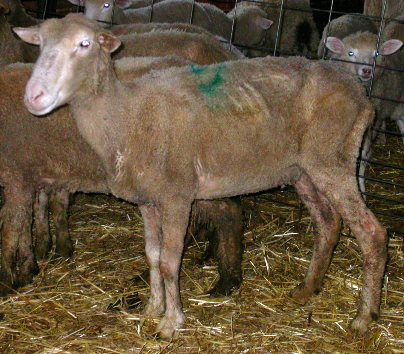Body Condition Score (Thin Sheep)
Why is it measured?
Body condition scoring is a technique for assessing the condition of livestock and should be carried out at regular intervals. Its purpose is to achieve a balance between economic feeding, good production and good welfare. Whilst body condition will vary throughout a lambing year, ensuring ewes and rams are at the correct score for the system and the time of year has a positive impact on fertility and health (e.g. reducing metabolic and other disease incidence) and lamb performance. Ewes and rams should be palpated manually in order to body condition score throughout the year so that target scores can be achieved for tupping, lambing, mid lactation and weaning. Visually assessing body condition score (as carried out in the AssureWel protocol) is unlikely to reflect as accurate a score (particularly when animals are fully fleeced) when compared to manual palpation. However body condition is so fundamental to sheep welfare that it needed be included within the protocol despite the limitations of an assessor being unable to manually palpate the sheep during a farm visit. Instead it has been accepted there whilst there will be significant underscoring of this measure it will help identify some very thin animals.
How to assess and score using the AssureWel measure
2. Body Condition Score (Thin Sheep) Flock Measure
|
Assess the whole flock and tally the number of thin sheep that can be confidently identified through visual assessment.
It is understood that visual assessment of body condition is very difficult; this measure will only capture extreme cases if in full fleece, which are likely to then fall into ‘sheep needing further care’. Visual assessment may be more or less sensitive depending on breed and how recently the animal has been shorn.
Scoring:
|
Thin sheep = Record if score is less than 2 (Defra scoring).
In animals with BCS less than 2, the spinous processes are sharp and prominent. Loin eye muscle has little/no fat cover. Transverse processes are sharp.
|
|
 |
- Lameness
- Body Condition Score (Thin sheep)
- Dirtiness
- Fleece loss
- Sheep needing further care
- Castration, tail docking and ear notching
- Mortality